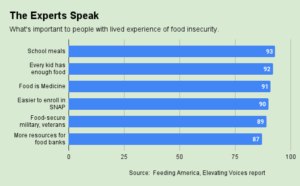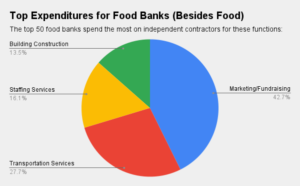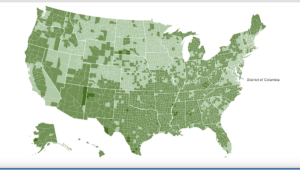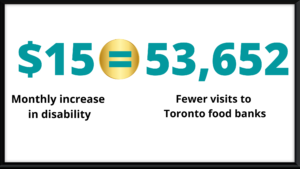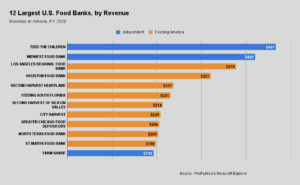Started as a way to bring food and nutrition to pre-schoolers in day-care centers, the Child and Adult Care Food Program has expanded robustly since its beginning in 1968, to now support day-care clientele of all types: elderly adults, disabled people of all ages, and pre-schoolers cared for in private homes. A relatively modest program, CACFP received less money in 2017 ($3.5 billion) than the amount allocated just to breakfast in schools ($4.2 billion).
The number of CACFP meals served in 2017 (just over 2 billion) represents significant growth from the program’s beginning, but is a decline of about 2% from a year earlier, likely the result of an improving economy. From only 23,000 children at its inception, CACFP provided meals and snacks to 4.4 million children and 131,000 adults in 2017. Over 20 years, the number of child care centers participating in CACFP has nearly doubled, from 34,000 in 1997 to nearly 64,000 in 2017. As with school-based lunch and breakfast, CACFP centers get reimbursed for serving meals that meet USDA nutritional guidelines.
In October 2017, for the first time in its near-50-year existence, CACFP became subject to new rules regarding the nutritional quality of the food it serves. In keeping with the general movement toward healthier food spurred by the Healthy, Hunger-Free Kids Act of 2010, CACFP providers must now serve meals with more fruits, vegetables and whole grains, and less sugar and fat. The new rules, which also encourage CACFP providers to source food from nearby farms as much as possible, are expected to lay the groundwork for greater appreciation of locally sourced food among kids, while also instilling lifelong healthy eating habits.

